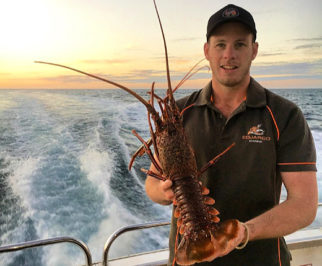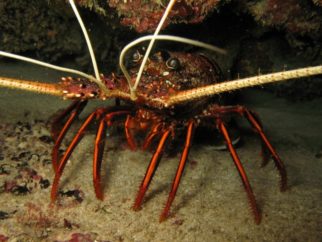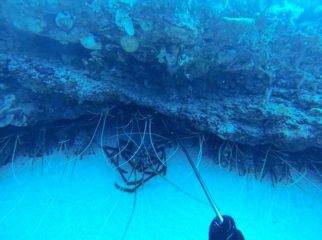With new changes coming into effect when the season opens on October 15, two people can now share a lobster pot. This will mean fishers can share the costs of lobster gear and that pots can be pulled by either licensed fisher on any given day. In turn, this will lead to a reduction of pots in the water, which will lower the risk of whale and boat entanglements. Previously, if the one licence holder couldn’t fish on a particular day the pot would remain unattended, under the new rules, the pot can still be tended to by the other licence holder. This should reduce the rate of pot theft and interference, given that pots can be pulled by either licenced fisher.
In more good news, lobster fishers now have the option of removing lobster tails after they get their catch home. Previously, the law required lobsters to be kept and stored whole (with head and tail) unless they were being prepared for immediate consumption.
Frequently Asked Questions:
Does this affect the amount of pots I can use?
A: No, each fisher can still only fish a maximum of two pots.
Does this affect how many crays I can take?
A: No, the same bag, boat and minimum size limit applies.
Do I now have to have two floats on my pot?
A: No, you can continue to fish with a single float if you wish.
If I share a pot with a friend and he is not on the boat, can I still pull the pot?
A: Yes, the pot can be pulled as long as one of the licence holders is on board whose gear ID is attached to that pot.
Does the personsharing my pot need to hold a rock lobster licence?
A: Yes, anyone actively fishing for rock lobster must hold a valid licence.
This rule will benefit fishers who cannot make it out to pull their pots all the time as well as those fishers who want to share costs with another fisher.
Here are some scenarios where fishers may benefit:
“Neither my mate nor I can go out each day, so being able to share a couple of pots means that even if one of us isn’t available, the other can still go and pull our pots that day.”
“My mate works FIFO, so he will pull our pots when he’s home, and I’ll pull them when he’s away. We can go halves in the gear, and hopefully still have plenty of crays for Christmas!”
“I can really only get out to pull cray pots on weekends, so I’ve never really bothered, but this new rule will mean I can share my friends pots. He will tend to them during the week and I’ll tend to them on the weekends. This will give me an opportunity to give it a go without having to fork out lots on money on my own gear.”
“My mate and I have never fished for crays before, but now that we can share gear, we’re going to give it a go. If I can’t get out to the pots every day, it won’t matter, because my mate likely will. Ive heard reports of people having gear stolen, so I feel better about our gear being attended to every day.”
“I’m the only one of my friends with a boat, and every season I’ve had to make sure that the licence holders who’s ID was on the pots came out every time. If they weren’t available, then we didn’t pull their pots. With this new pot sharing rule, it effectively doubles the chances that one of the licence holders will be available to come out.”
“My kids love coming out on the boat and pulling our craypots, however due to school commitments during the week it is unfeasible for them to come out on weekdays, being able to share the pots with other family and friends during the week the kids can come out on the weekend help to pull the pots before we head off for our family fishing day.”
“My fishing partner works FIFO and another mate works the opposite swing, now with pot sharing we do not have to be on the boat at the same time to do float / rego swaps before one or the other flies out, if there is bad weather on the day of float swap over we could not pull the pots for the time he was at work.”
“I do not have a lot of money but get the opportunity when the budget allows to go out fishing with a mate on a semi-regular basis, being able to go part share on a craypot with another one of his mates means I will be able to do some crayfishing next year.”
Other Rules:
– The maximum size limit on female rock lobster has been removed, provided they are not in spawning condition
– Tropical Rock Lobster bag limits have halved to 4 per person per day

 The group’s advice on these matters is considered by the Recfishwest Board and used to guide our organisations views.
The group’s advice on these matters is considered by the Recfishwest Board and used to guide our organisations views. In response to discussion on social media relating to the taking of rock lobster by divers, Recfishwest would like to put forward our position on the matter.
In response to discussion on social media relating to the taking of rock lobster by divers, Recfishwest would like to put forward our position on the matter. management arrangements for this recreational-only component of the fishery should have significant input from the users themselves.
management arrangements for this recreational-only component of the fishery should have significant input from the users themselves.